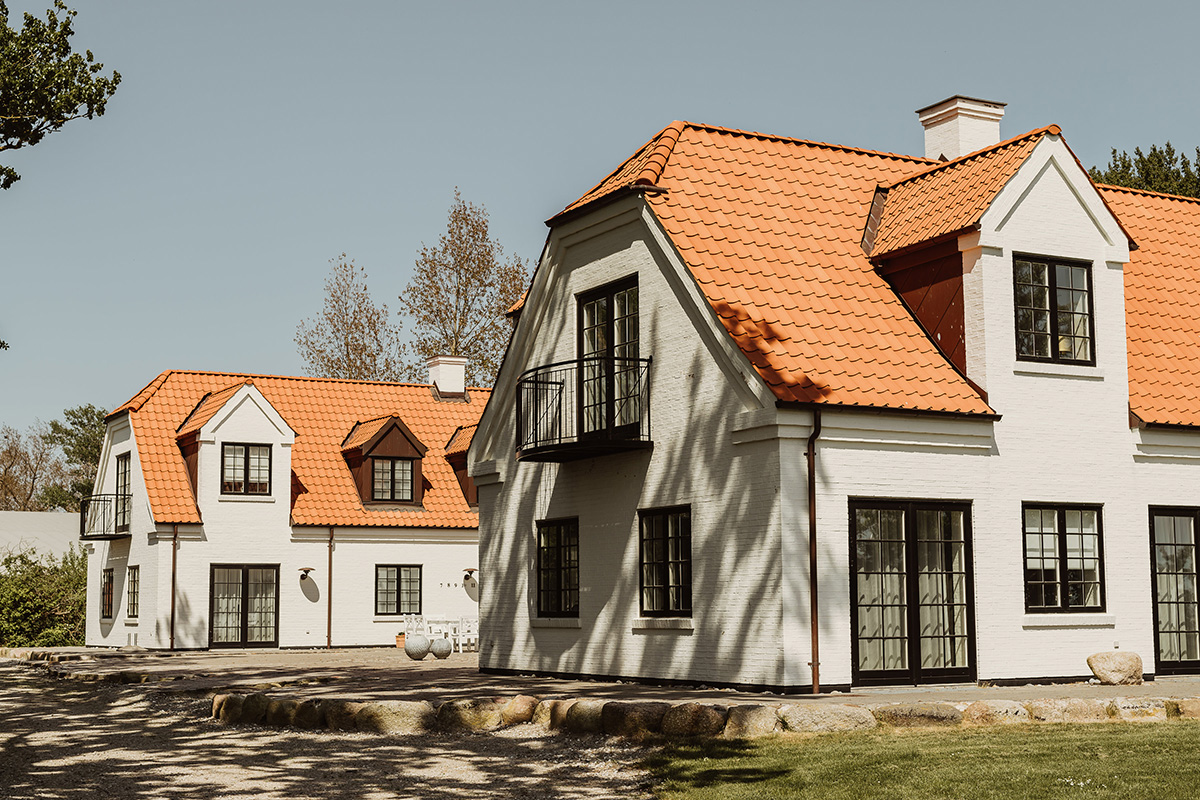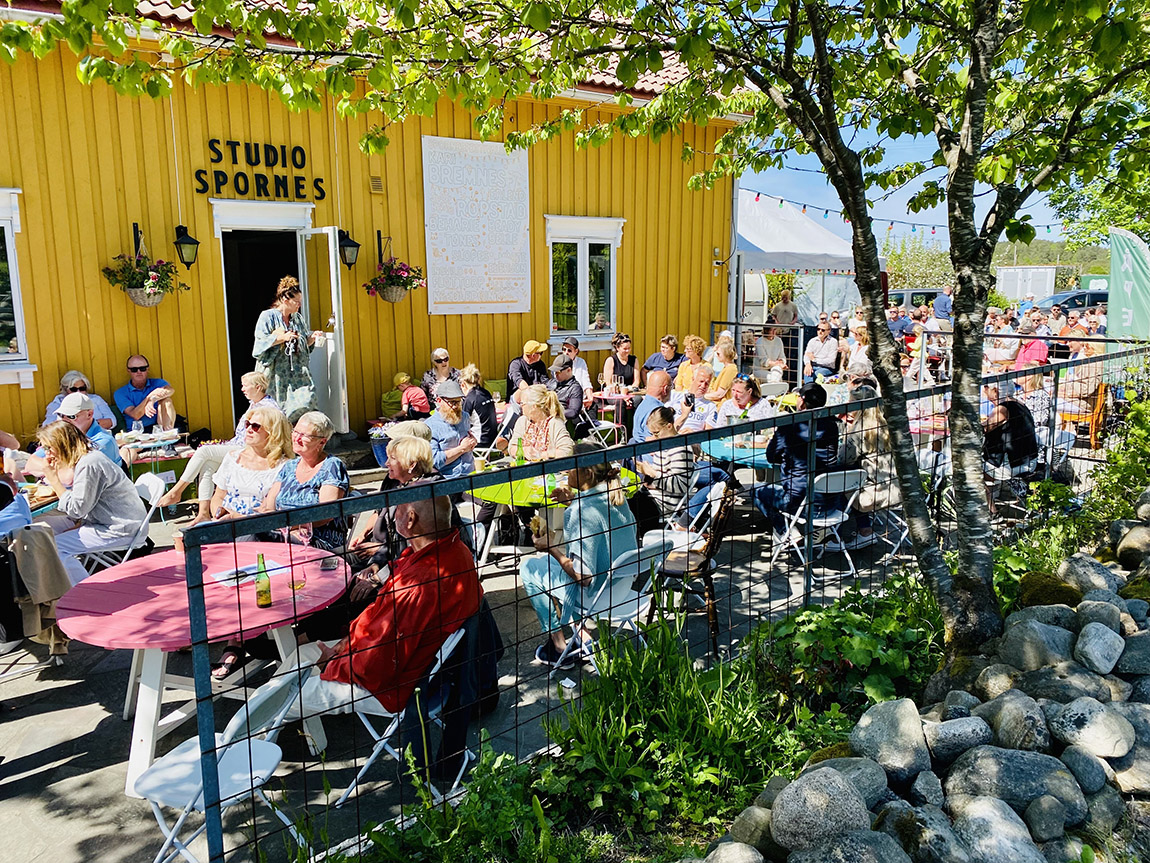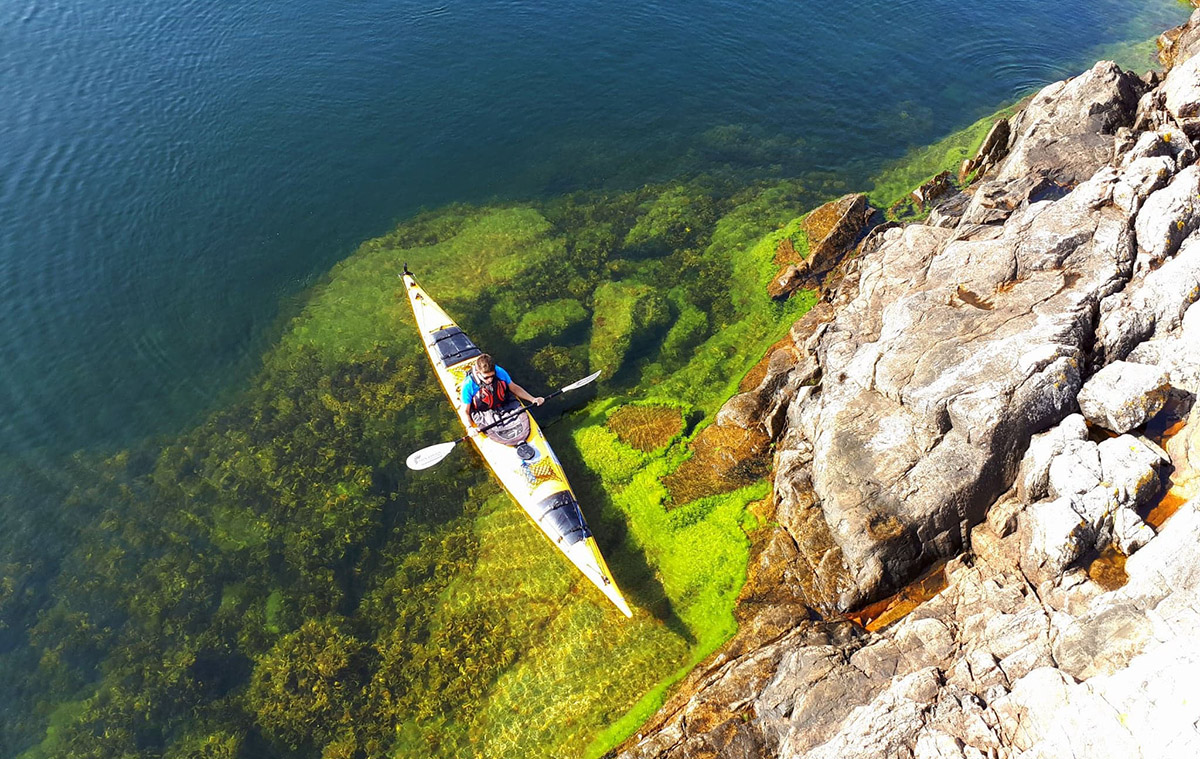Nationalpark Thy and clean energy
By Anders Lorenzen | Photos: Nationalpark Thy, Jens Kristian Kjærgaard

Located in the northwest on the Jutland peninsula in a somewhat harsh environment where the wind almost always blows, the area of Thy became the first to establish a national park in Denmark in 2008, which today is still the largest in the country.
When the Danish environment minister, Connie Hedegaard, in 2007 chose the location of Thy as the country’s first national park it was with the argument that the environment in Thy has significant national and international importance. The diverse landscape ranging from biodiverse rich woodlands to rolling sand dunes, makes for a dramatic setting that long before the establishment of the national park attracted surfers, earning the old fishing village Klitmøller its nickname Cold Hawaii.
Even before that, the Thy area has been attracting developers of wind power due to its ideal, almost continuously high wind speeds, and as a result this picturesque area has been a cornerstone of Denmark’s clean energy development, and in particular wind power.
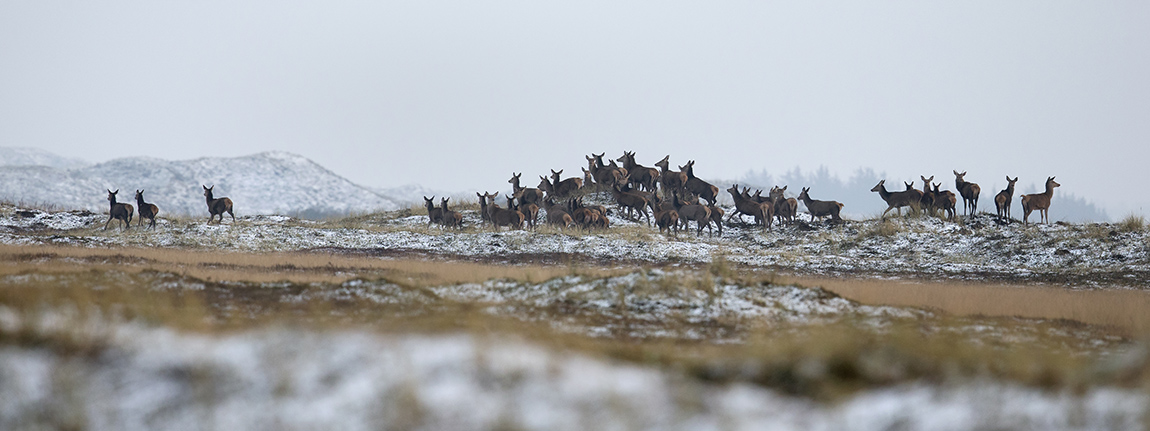
Protection of nature and clean energy
Inland, just outside the zone of the national park, we find Denmark’s main test centre for some of the largest offshore wind turbines in the world. At Østerild Test Centre, global companies such as Vestas and Siemens, both developing the wind turbines of tomorrow, are testing the newest models to learn if they need to be moderated before being made commercially available.
The centre has the capacity to test nine turbines simultaneously. Currently, the site is occupied by eight turbines. One of them is the giant Vestas 15-megawatt turbine – meaning that far fewer wind turbines would need to be installed to receive the same electricity output as many of today’s operational wind farms. While it is still in the testing phase, Vestas has already signed purchasing orders totalling 14 gigawatts (GW) for this prototype.
Ironically, prior to the construction of the test site, which was inaugurated in 2012, it was met with environmental protests. The protests centred on the fact that there must be better sites where the test centre could be placed, rather than in the middle of one of Denmark’s most biodiverse rich areas, prompting anger that a large amount of woodland had to be cleared for its creation. But once the building commenced, the protests quickly died out. And in 2017, a visitor centre was created on the site, which in fact became a key tourist magnet.
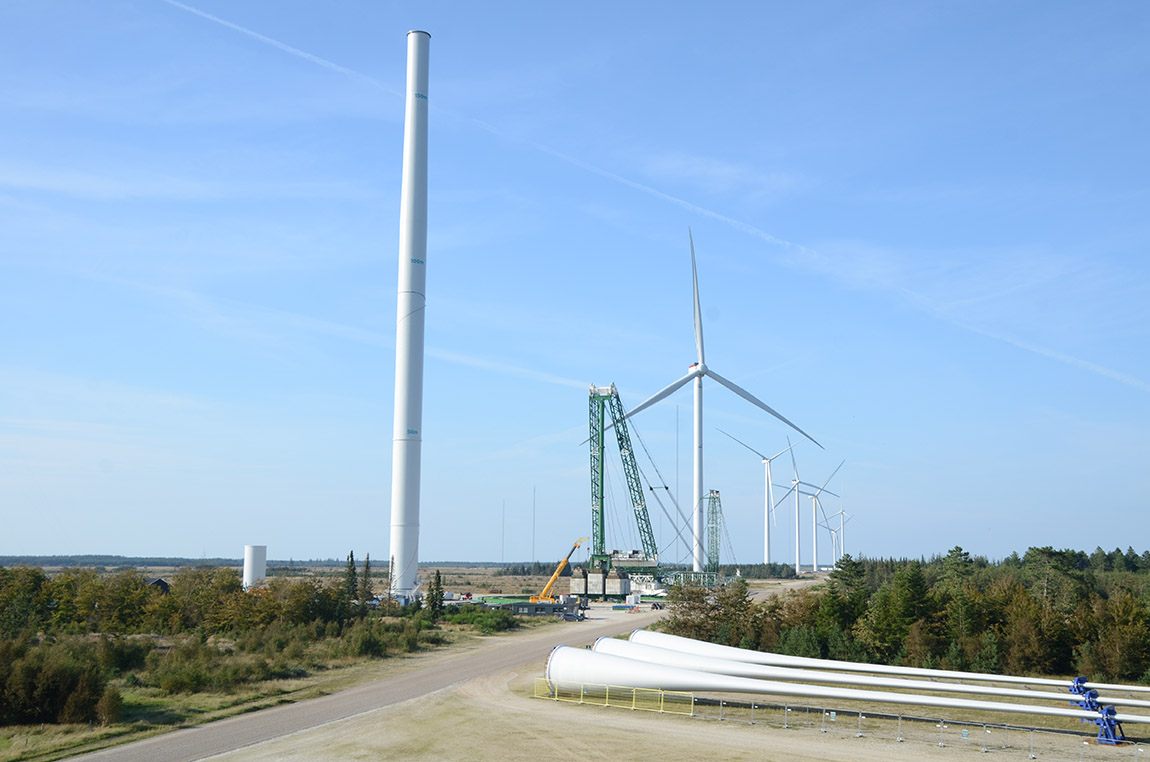
Photo: Hjart – via Wikimedia
Clean energy and nature – a tourism magnet
Nationalpark Thy is aware of the sometimes contradicting battle of balancing the protection of nature with developing clean energy.
In the village Klitmøller, or Cold Hawaii, there were widespread protests by the surfing community in 2017. They claimed that turbulence was created by three wind turbines 12 kilometres north of one of the best surfing spots in northern Europe, at the port of Hanstholm. As surfers from across the world travel to Cold Hawaii for the sole purpose of surfing, it represents a significant tourism income for the area.
However, a year later one of the instigators of the protests, the local surfing club NASA, backed down and admitted that their fears had not materialised and there was no need to uphold the protection which they agreed was positive for all parties.
Perhaps this is an example of Danish pragmatism and collaboration – an agreement between the surfers and the company behind the wind project settled that the company would switch off one of the turbines whenever there was a change in the conditions, however this has not yet been necessary.
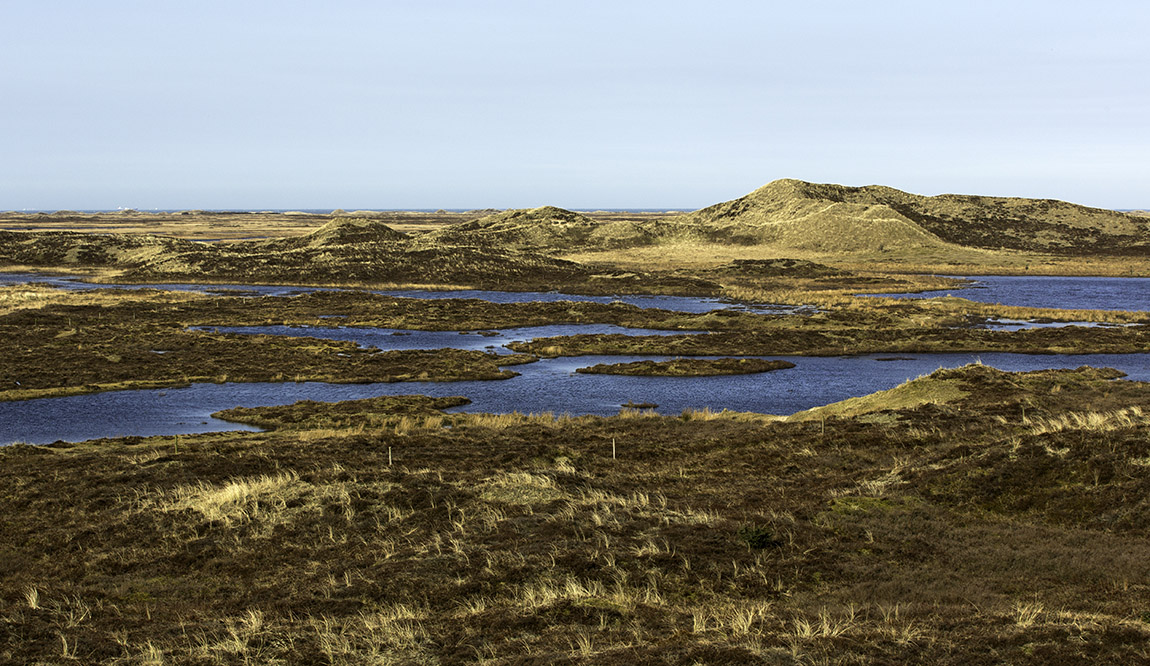
Interlinked climate and biodiversity crises
Niels Henrik Lind Larsen, a spokesperson for Nationalpark Thy, cautions that it is crucial to find the right balance between clean energy and nature conservation and protection; “While there are several wind turbines in Thy, there is none in the national park itself due to nature protection reasons. But we firmly believe that nature and clean energy need to be able to coexist.”
Lind Larsen adds; “When agreeing on projects, it’s important that we take extra care of impacts to nature.” However, he also underlines; “The climate and biodiversity crises are so interlinked, and you don’t solve it by prioritising one above the other.” Lind Larsen explains that since Denmark is such a nature-depleted country, we need to create more space for nature. If we were to dedicate more areas to allow wild nature to be fostered, there would be space too for nature and clean energy to co-exist.
The port of Hanstholm has had to innovate to stay relevant due to the drop in fishing activities as well as international ferry routes shutting down. In addition to several clean energy projects, including the three wind turbines mentioned, it has also positioned itself as a key strategic location in the northern European offshore wind expansion, housing six service ships for the UK as well as the world’s largest offshore wind farm, Dogger Bank. Hanstholm has also become a hub for clean energy innovation, carrying out research in wave energy technology, and housing the Danish Wave Energy Centre.
The municipality of Thisted at just under 15,000 inhabitants is the capital of Thy and the key driver of climate, energy biodiversity and nature policies of the area. With Thy being largely a farming and industrial economy, outsiders might argue that this combination is at odds. But the facts tell another story, the municipality is one of Denmark’s key producers of clean energy, not only because of the near-perfect weather conditions, but also because local political decisions have put in place progressive policies.
In 2023, Thisted Kommune revealed its plans for carbon neutrality by 2035. This includes a series of initiatives such as the creation of energy zones, taking actions to adapt to climate change, and electrification of transport. These initiatives will attract green industries of tomorrow to the area, with more decarbonisation efforts especially in the agricultural sector, supporting a transition to more plant-based food systems and setting aside more land for the protection of nature.
The wolf of Thy
The relationship between farmers and nature was tested in 2012, and to a certain extent has been since, when a wolf was spotted by Nors Sø in Nationalpark Thy. This was the first wolf sighting in Denmark since 1813, when the predator was hunted to extinction.
Since then, the wolf population has been re-established in Thy and other parts of Denmark, yet still confined to the mainland of Jylland, to much dissatisfaction of farmers but on the other hand to the delight of nature lovers and environmentalists. At the end of 2023, it was estimated that there are between 37-50 in Denmark. The wolf habituating in Nationalpark Thy has been dubbed the Thy Wolf.
Including Nationalpark Thy, there are currently five national parks in Denmark with campaigners and nature lovers arguing that many more are needed to protect nature and biodiversity, and to encourage us to engage more with the natural world.
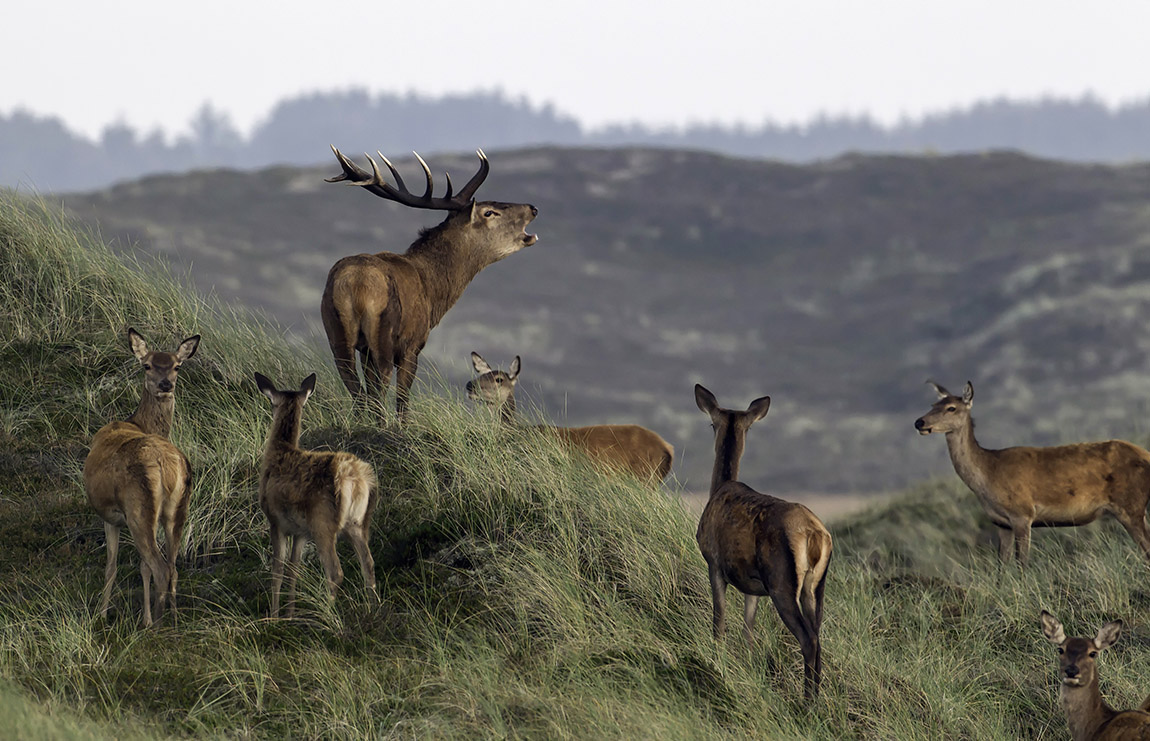
Subscribe to Our Newsletter
Receive our monthly newsletter by email

